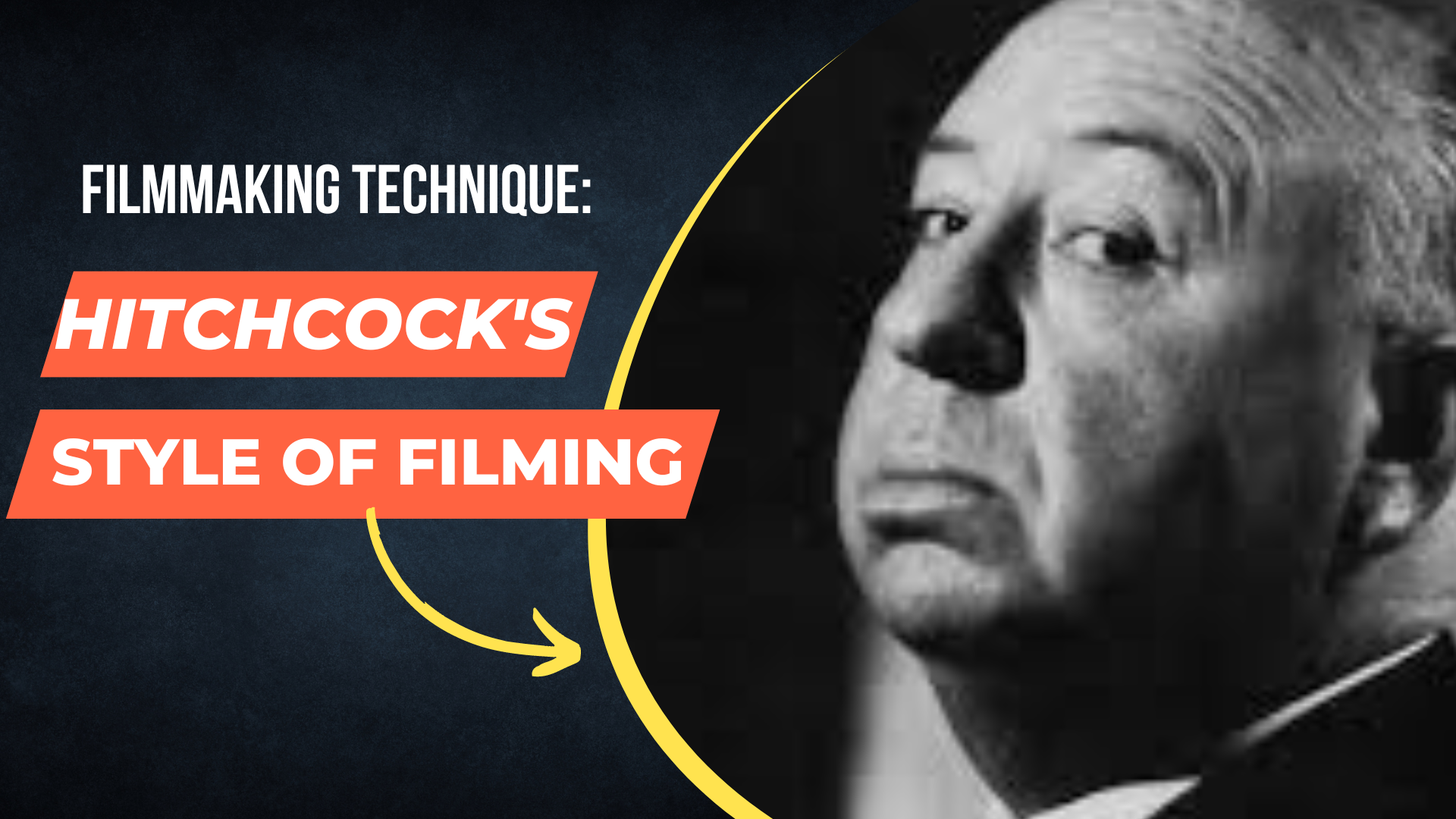Filming Techniques: Hitchcock’s Style Of Filming
Alfred Hitchcock is one of the most iconic filmmakers of all time, and his unique style of filming has had a lasting impact on the world of cinema. Hitchcock’s films are known for their suspenseful plotlines, intense character development, and masterful use of camera angles and techniques. In this blog post, we’ll take a closer look at Hitchcock’s style of filming and explore how he revolutionized the art of filmmaking.
Camera Techniques
One of the most distinctive features of Hitchcock’s films is his use of camera techniques to build suspense and tension. For example, he often used the “dolly zoom” technique to create a sense of disorientation and unease in the audience. This technique involves moving the camera towards or away from the subject while simultaneously zooming in or out, creating a distorted perspective that can be quite unnerving.
Hitchcock also made use of other camera techniques, such as point of view shots, where the camera acts as the eyes of the character, and the audience sees the world from their perspective. This technique is particularly effective in creating a sense of intimacy with the character and immersing the audience in the story.
Lighting
Hitchcock was a master of using lighting to create mood and atmosphere in his films. He often used low-key lighting, where the majority of the scene is shrouded in darkness, with only certain elements illuminated. This technique adds an element of mystery and suspense to the scene, as the audience is left to wonder what lurks in the shadows.
Hitchcock also made use of high-key lighting, where the majority of the scene is brightly lit, creating a sense of safety and security. However, he often subverted this expectation by using high-key lighting in tense or unsettling scenes, creating a sense of unease in the audience.
Editing
Hitchcock was a master of editing, and his use of montage and cross-cutting helped to create a sense of urgency and tension in his films. For example, in his classic film “Psycho,” the famous shower scene is composed of dozens of quick cuts, creating a sense of chaos and disorientation that heightens the tension of the scene.
Hitchcock also made use of other editing techniques, such as the use of match cuts, where the action in one shot is seamlessly continued in the next shot, creating a sense of continuity and connection between the two scenes.
Sound
Hitchcock understood the power of sound in creating mood and atmosphere in his films. He often used sound effects to create tension, such as the sound of footsteps approaching or the creaking of a door. He also made use of music to heighten the emotion of a scene, using carefully selected scores to create a sense of tension or release.
In conclusion, Alfred Hitchcock’s style of filming is a masterclass in the art of suspense and tension. His use of camera techniques, lighting, editing, and sound all contributed to the unique atmosphere of his films, and his influence can still be felt in the world of cinema today. Whether you’re a fan of classic Hollywood cinema or just appreciate the art of filmmaking, Hitchcock’s work is a must-see.
If you are an independent filmmaker, WFCN has the perfect platform for you. Once you are done making your independent movie, you can surf through our 550+ top film festivals and find your niche. We also have CANVAS, a platform for self-distribution. Go and check it out now!





